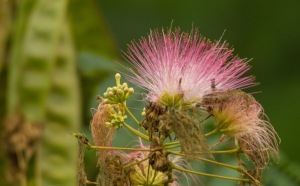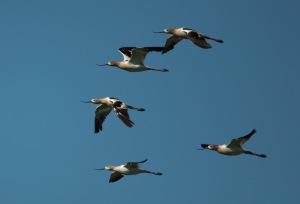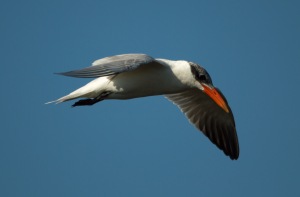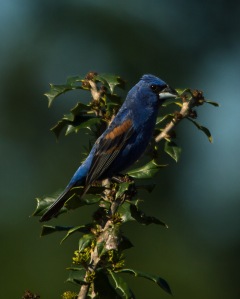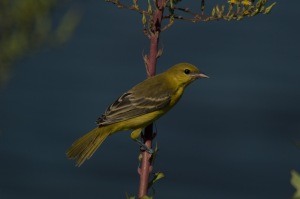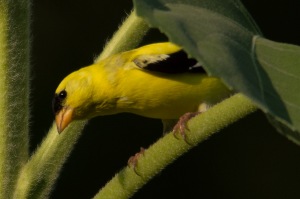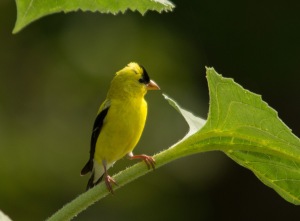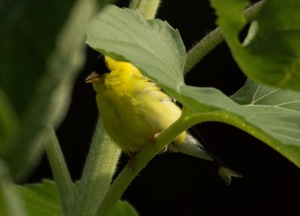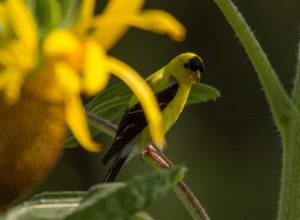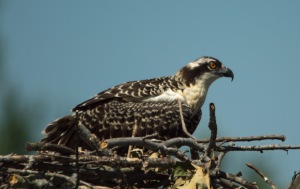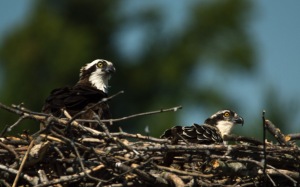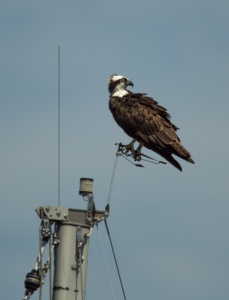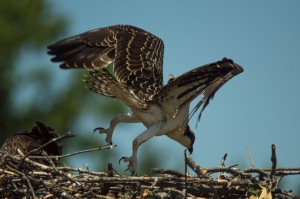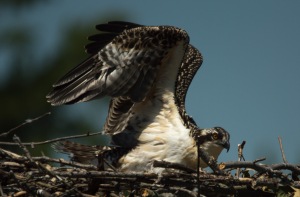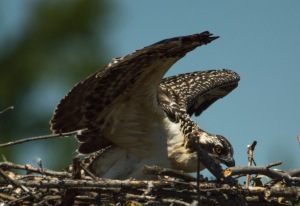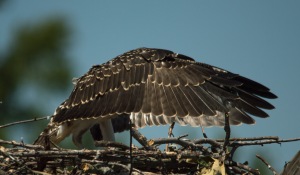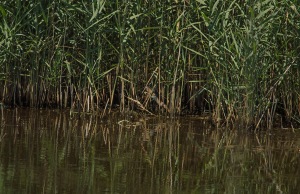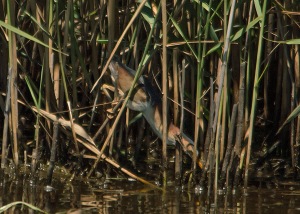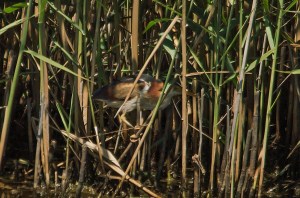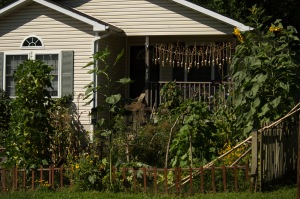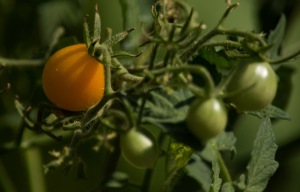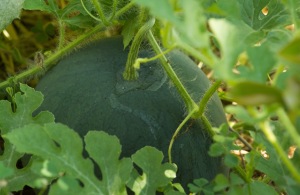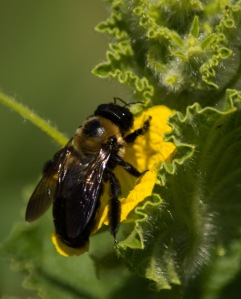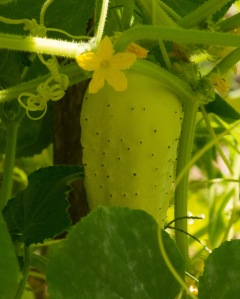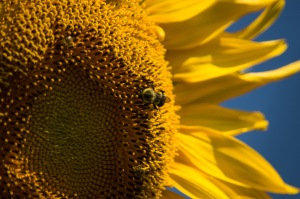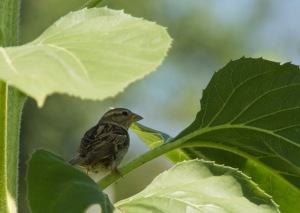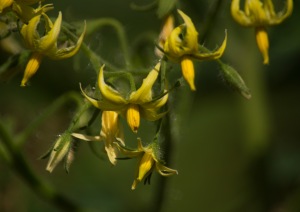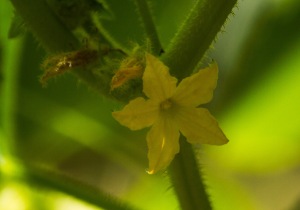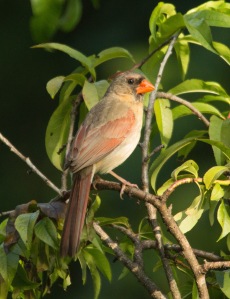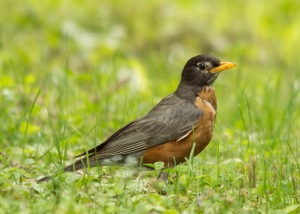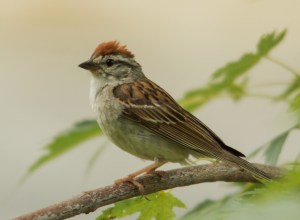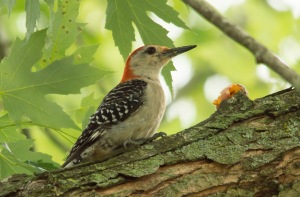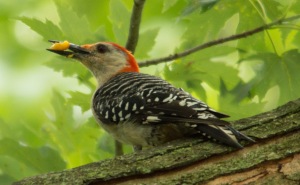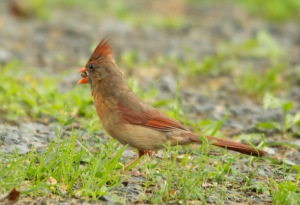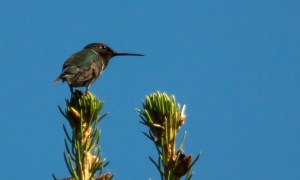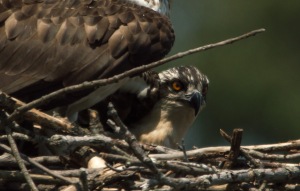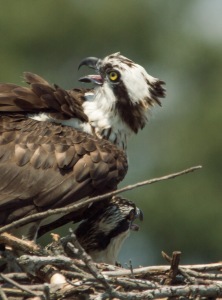
The Red-Headed Woodpecker, a checkerboard-patterned woodpecker, was once so common in the central to eastern United States that orchard owners and farmers paid bounties on them. According to allaboutbirds.org, in 1840 Audubon once reported that 100 of these stunning birds were shot from a single cherry tree in a single day.
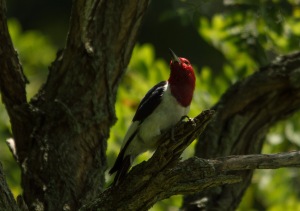
Though they continued to be abundant to common through the nineteenth and early twentieth centuries, the loss of nut-producing trees and the decline of mature forests with dead snags led to significant declines in their numbers. Scientists estimate that their population has declined over 70% since 1966. This decline has accelerated in recent years. Partners in Flights estimates a loss from 2,500,000 birds in 2004 to 1,200,00 birds in 2012.
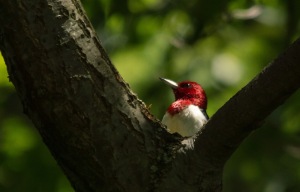
Now the Red-Headed Woodpecker is uncommon and local in many areas of its historical range. The International Union for Conservation of Nature (IUCN) identifies the Red-Headed Woodpecker on its Red List as Near Threatened. Currently, Partners in Flight lists them as a common bird in serious decline and they are included in the 2014 State of the Birds Watch List that identifies birds most in danger of extinction without serious conservation efforts.

It is a rare treat to see Red-Heads in many areas of the Mid-Atlantic States, but they tend to congregate in colonies and fortunately, there is one such colony that calls a grove of mature oak trees in a state park in Virginia that was once a plantation home. It is not unusual to see ten or more Red-Heads at a single time sitting along the edge of this grove of trees.

Red-Heads are unusual woodpeckers for several reasons. They are skilled at catching insects on the fly, spotting them from a perch on a snag, branch or fencepost. They also cache food by wedging it in cracks, crevices, or even their own woodpecker holes. They store live grasshoppers by wedging them so tightly in crevices in tree bark that the grasshopper cannot escape. They also cover their caches with bark or wood pieces.
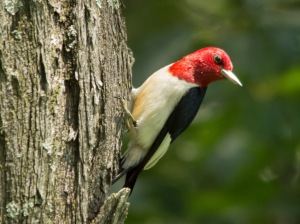
What can be done to help the Red-Headed Woodpeckers? Audubon.org identifies the following best management practices to support this species:
* Focus on the creation and maintenance of groves of trees with multiple dead snags needed for roosting and foraging.
* Prescribed burning and understory thinning to create the open forest stands that Red-Heads prefer, presumably for increased fly-catching opportunities.
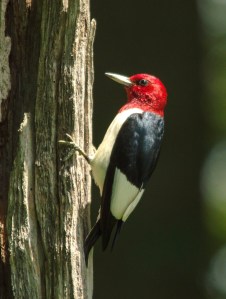
Sources of information for this post:
Click to access final_red-headed_woodpecker_conservation_plan_10-31-2014.pdf
http://www.allaboutbirds.org/guide/Red-headed_Woodpecker/lifehistory
https://www.audubon.org/field-guide/bird/red-headed-woodpecker
http://www.birds.cornell.edu/bfl/speciesaccts/rehwoo.html
 These are called Porcelain Berries. They are an invasive species that has spread quickly because the birds love them. But their berries are quite pretty!
These are called Porcelain Berries. They are an invasive species that has spread quickly because the birds love them. But their berries are quite pretty!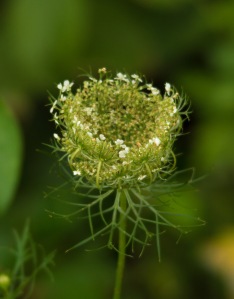 An unfolding Queen Anne’s Lace flower.
An unfolding Queen Anne’s Lace flower.


